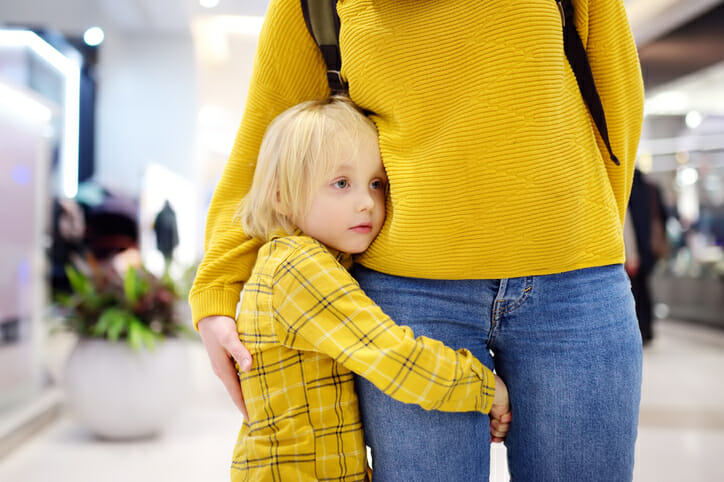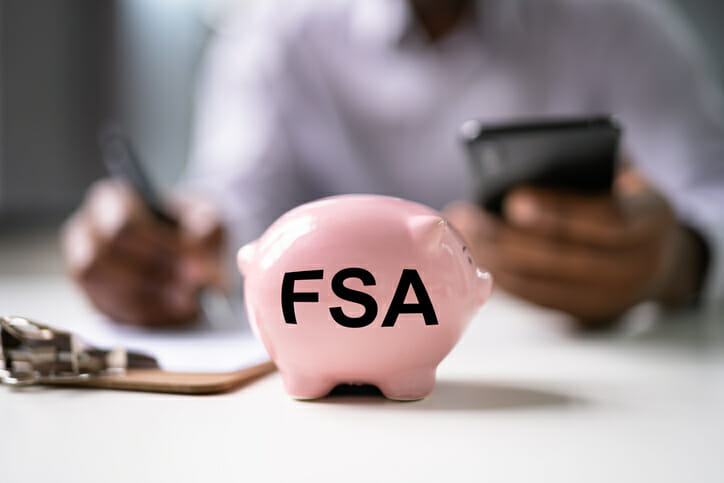
A dependent care flexible spending arrangement (DCFSA) lets you pay for child care and other dependent expenses with pretax dollars. This can reduce the income taxes you owe. Only someone whose employer offers a DCFSA can use one. There are also restrictions on contributions, tax exemptions, qualified dependents and eligible expenses, and funds have to be used within a certain time.
If you need help making financial decisions, a financial advisor could help you create a financial plan for your needs and goals.
DCFSA Basics
A DCFSA is a benefit that some employers give their workers. A DCFSA lets someone contribute pretax to a special account via payroll deductions. Money in the account can be used to pay eligible expenses for qualified dependents, including daycare and after-school programs for younger children. DCFSA funds can also cover services such as adult day care for elderly dependents.
A DCFSA can significantly reduce out-of-pocket costs for dependent care by saving on taxes. Funds are directed into the account free of income and FICA taxes. Eligible expenses can be reimbursed from the account, still without owing any taxes on the reimbursement. The amount of the federal tax savings is equal to the taxpayer’s effective tax rate, which ranges from 10% to 37.5%, plus FICA’s 7.65% for Social Security and Medicare.
Qualified Dependents and Eligible Expenses

A DCFSA can pay eligible expenses for dependent children under age 13. Qualified dependents may also include a spouse, parents or other adult dependent who is living in the home and unable to care for themselves. To qualify, a dependent must get at least 50% or more of their support from the DCFSA owner.
Both members of a married couple generally must be working or actively looking for work to use a DCFSA. If one is a stay-at-home spouse, the DCFSA can’t be used, unless the stay-at-home partner is disabled or a full-time student. If parents are divorced, only the custodial parent can use the DCFSA to pay for child care.
Generally, DCFSA funds can pay for an under-13 child’s before- and after-school care, babysitter or nannies in or out of the home, daycare, nursery school, preschool and summer day camp. It can even pay fees assessed by schools for late pickups. For dependent adults who are physically or mentally incapable of caring for themselves, it can cover costs of in-home senior care and adult day care centers.
DCFSA Limitations
The DCFSA’s major limitation is that it can only be used if the employer offers one. Most employers do not, and most that do are large companies. If your employer is one, you usually must sign up during the annual open enrollment period. You may be able to sign up outside open enrollment if you have a qualifying life event, such as changing marital status or having another child.
Also, like more general-purpose FSAs, funds contributed to a DCFSA are lost if not used by the end of the year. The employer may offer a grace period of 90 days after the end of the year to submit receipts. Otherwise, unused funds return to the employer.
An employer may also offer a carryover of a limited amount of money to the next year. However, few do this. Because of the use-it-or-lose it feature, DCFSA account holders should be careful not to contribute more than eligible expenses are likely to be.
Many care-related expenses are not eligible for DCFSA reimbursement. These include tuition, field trips, kindergarten, food, clothing, overnight camps and lessons, such as dance or music. In addition, healthcare expenses cannot be paid with a DCFSA.
Tax Considerations
Annual contributions to the DCFSA are also limited. Single taxpayers, heads of household and married couples filing jointly can contribute up to a maximum of $5,000. Married filing jointly can contribute up to $2,500. In addition, the deduction is also limited to more than the lesser of the total amount of qualified expenses or the taxpayer’s earned income.
Since the DCFSA is funded by the taxpayer, not the employer, reimbursements are limited to money the taxpayer has put in, not the annual maximum. The American Rescue Plan temporarily increased the cap on dependent care benefits to $10,500 for 2021 tax returns. For 2022, the amount returns to the previous limit.
In order to receive reimbursements, account holders may need to submit detailed receipts including the amount charged, provider name and address and nature of the services. This information, plus the provider’s tax ID number will also be needed to fill out IRS Form 2441 for the taxpayer’s return. Finally, care costs reimbursed through a DCFSA can’t also be claimed as tax deductions on a return.
Bottom Line

DCFSAs can help taxpayers caring for under-13 children or disabled adult dependents save money on eligible services such as babysitters, day camps and after-school care. Not all employers offer these as benefits, and annual contributions are limited to a maximum of $5,000 for married couples filing jointly. Also, funds have to be used in the year they are contributed or they are lost.
Additional Dependent Care Tips
- A financial advisor can answer additional questions about dependent care flexible spending arrangements, and guide you in making smart financial decisions. Finding one doesn’t have to be hard. SmartAsset’s free tool matches you with up to three financial advisors who serve your area, and you can interview your advisor matches at no cost to decide which one is right for you. If you’re ready to find an advisor who can help you achieve your financial goals, get started now.
- You can contribute to a DCFSA and a health savings account (HSA) at the same time. Both can help you save money at tax time by using untaxed dollars to pay health and dependent care expenses
Photo credit:©iStock.com/SbytovaMN, ©iStock.com/FatCamera, ©iStock.com/AndreyPopov